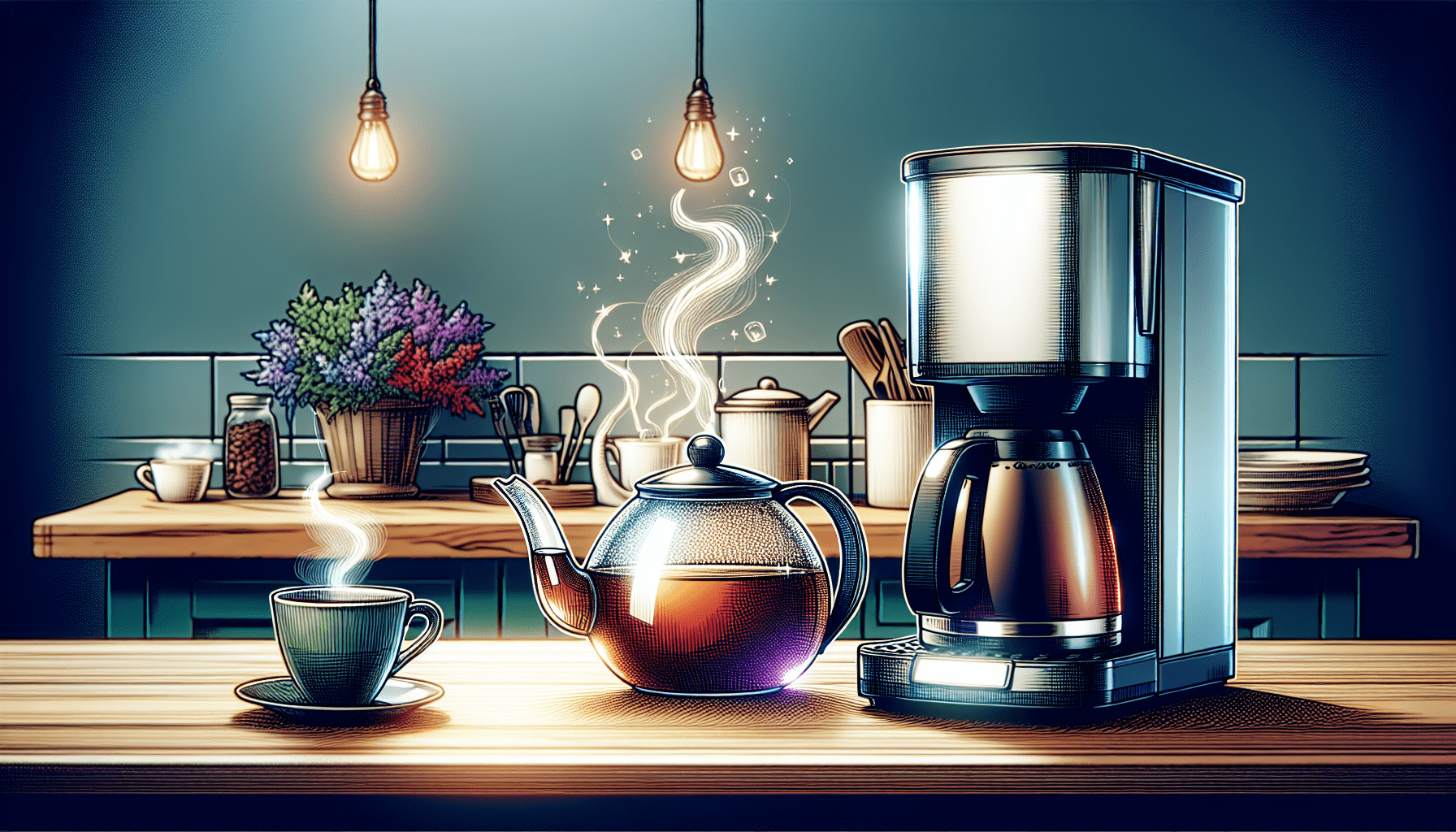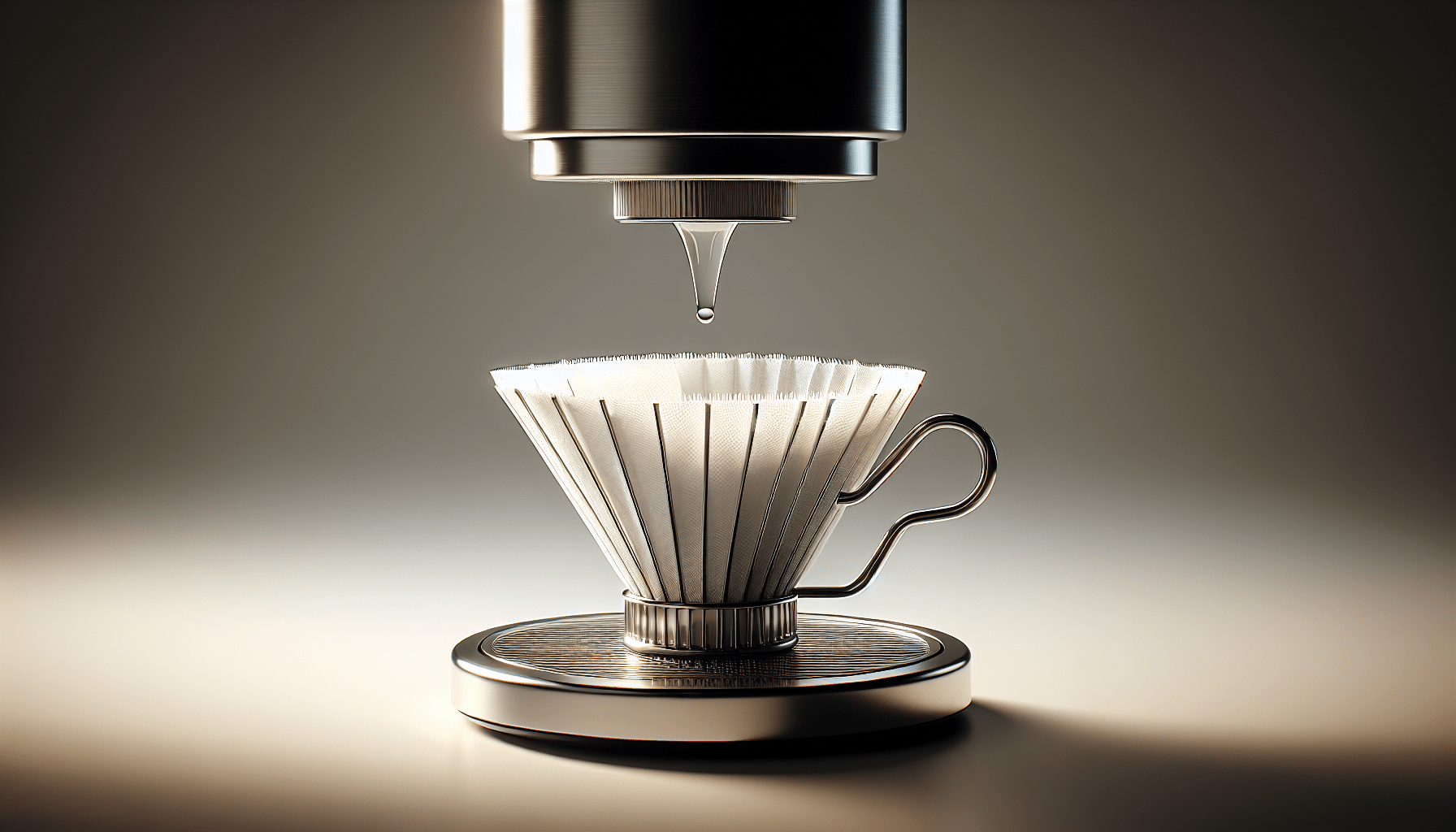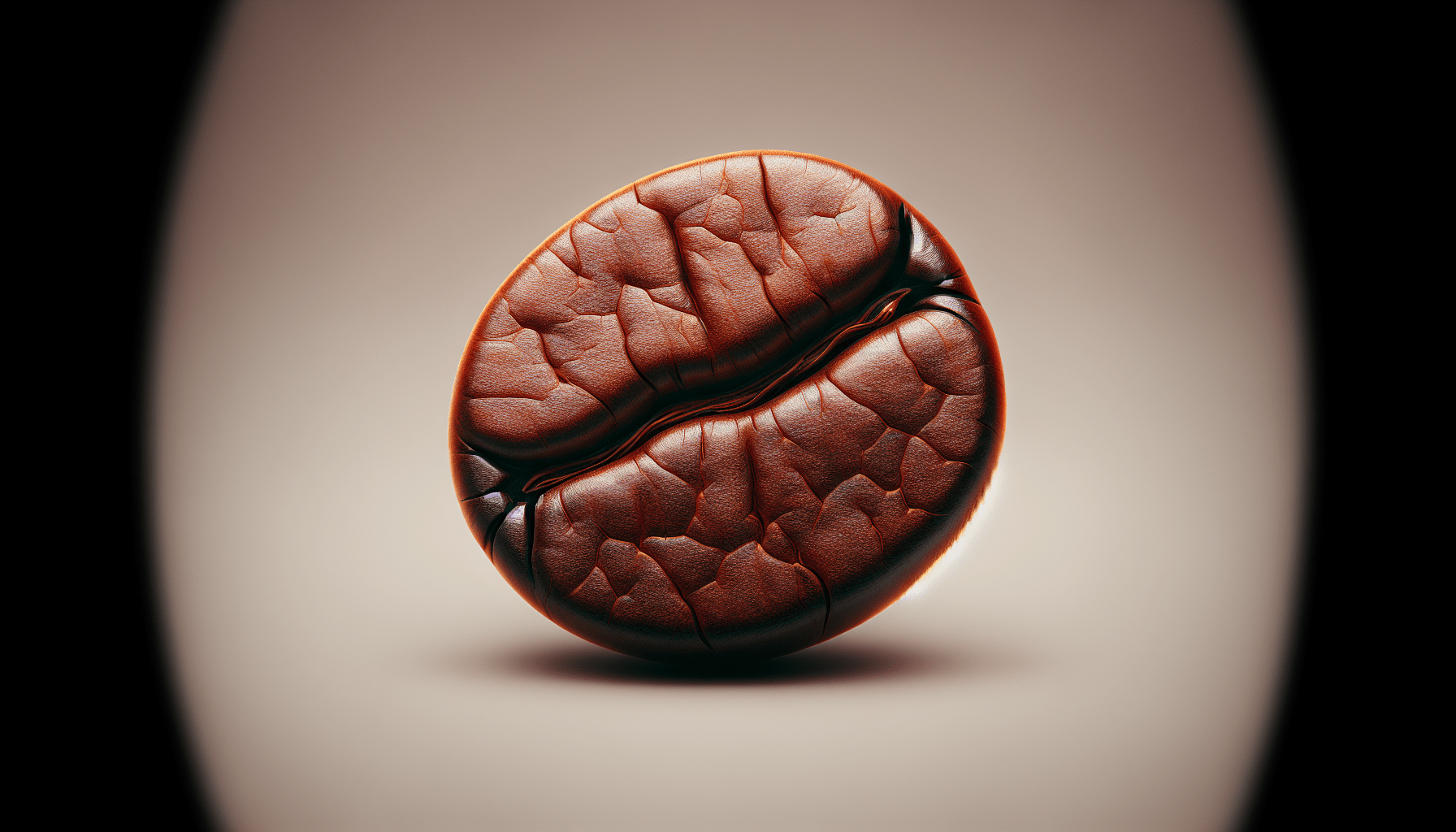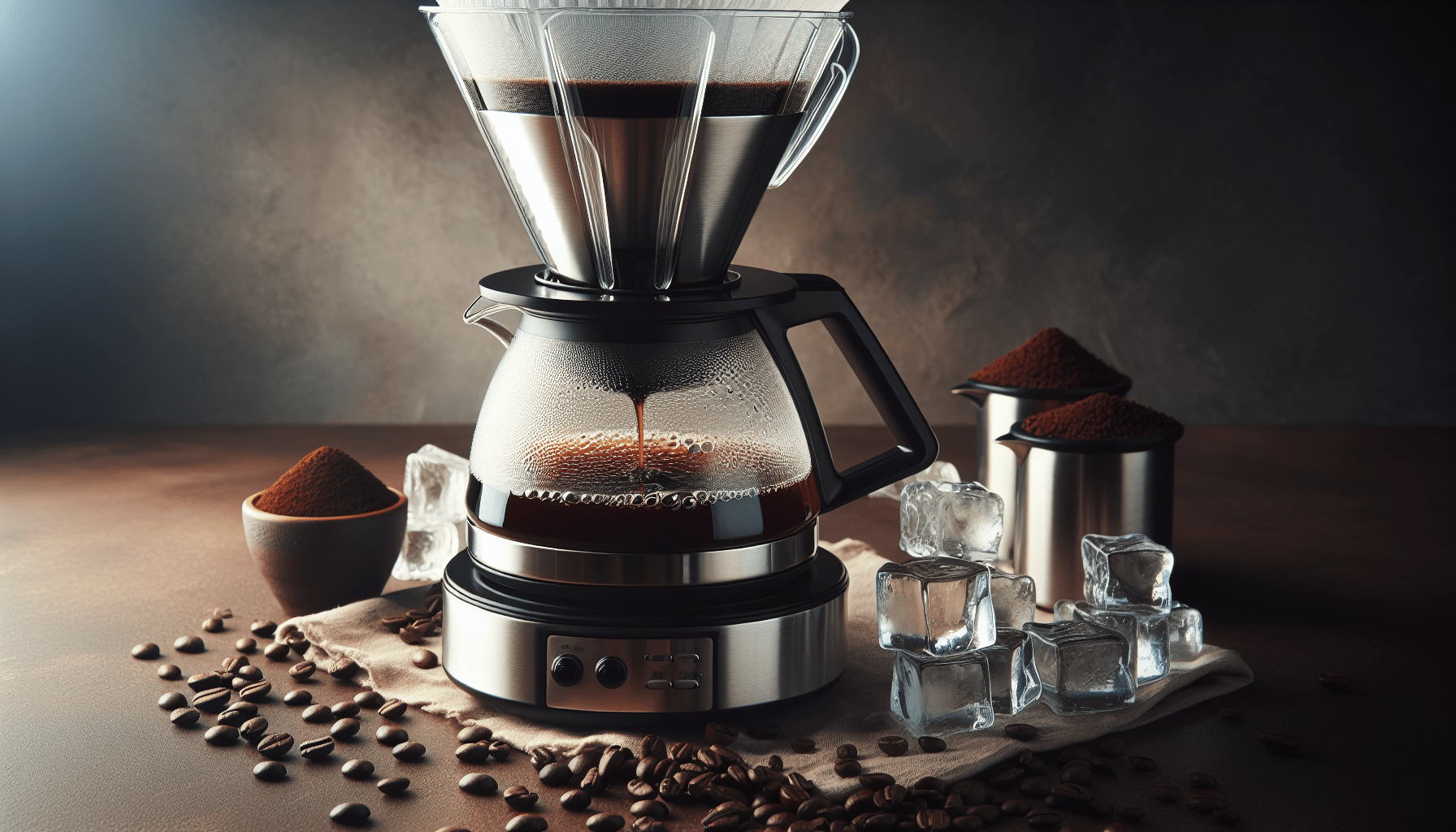Imagine waking up on a lazy Sunday morning, craving a comforting cup of tea. But wait! You glance at your kitchen counter and see your trusty drip coffee maker sitting there, tempting you with its convenience. Intrigued, you wonder, “Can I use a drip coffee maker for brewing tea?” The answer may surprise you.
Introduction
Drip coffee makers have long been a staple in many households, providing a quick and easy way to brew a delicious cup of coffee. But did you know that you can also use a drip coffee maker to brew tea? In this article, we will explore the ins and outs of brewing tea in a drip coffee maker, including the benefits, considerations, and techniques for achieving the perfect cup of tea. We will also delve into the importance of temperature control and the impact it has on the final flavor of your tea.
Can You Brew Tea in a Drip Coffee Maker?
The answer is a resounding yes! While drip coffee makers are primarily designed for brewing coffee, they can also produce a satisfying cup of tea. In fact, using a drip coffee maker for tea has a few notable benefits. One of the main advantages is convenience. Most households already have a coffee maker on their kitchen countertop, so it eliminates the need for an additional appliance solely for brewing tea. Additionally, drip coffee makers have the ability to control water temperature, which plays a crucial role in tea brewing.
When it comes to choosing the right type of tea for your drip coffee maker, there are a few things to consider. While any tea can technically be brewed in a coffee maker, some varieties work better than others. Flavored teas, herbal teas, and black teas tend to yield the best results. Green teas and delicate white teas may require a lower water temperature to avoid bitterness. It’s also worth experimenting with different types of tea to find your personal preference.
Preparing Your Drip Coffee Maker
Before brewing tea in your drip coffee maker, it’s important to thoroughly clean and remove any coffee residue that may be present. Coffee oils can impart a strong and unwanted flavor to your tea, so be sure to give your machine a good cleaning beforehand. Flushing the system with water is another crucial step to ensure that there are no lingering coffee flavors in your tea.
When preparing your drip coffee maker for tea, it’s essential to achieve the proper water-to-tea ratio. Using too much water can result in a weak and watery tea, while using too little may lead to a bitter and overly concentrated brew. Experimentation is key here, but starting with a ratio of one tea bag or one teaspoon of loose tea per six ounces of water is a good place to begin.
Choosing the Right Tea
Not all teas are created equal when it comes to brewing in a coffee maker. Some teas are better suited for this brewing method, while others may require alternative methods to reach their full potential. Varieties such as black tea, herbal tea, and flavored teas tend to be the most successful when brewed in a coffee maker. These types of tea can withstand the higher water temperatures typically used in drip coffee makers, resulting in a robust and flavorful brew.
However, it’s worth noting that certain teas may require adjustments to the water temperature settings on your coffee maker. Green teas and delicate white teas, for example, can become bitter when brewed at higher temperatures. Therefore, it’s important to consider the specific requirements of the tea you’re using and make adjustments accordingly. It may take some trial and error to find the perfect settings for each type of tea.
Water Temperature and Brewing Time
When it comes to brewing tea, temperature control is paramount. The temperature at which tea is brewed can greatly affect its flavor profile. Drip coffee makers typically heat water to a temperature ranging from 195°F to 205°F (90°C to 96°C), which is ideal for brewing coffee. However, not all teas thrive at these temperatures.
To achieve the optimal water temperature for your tea, you may need to adjust the settings on your coffee maker. Some coffee makers have adjustable temperature controls, allowing you to lower the water temperature for more delicate teas. Alternatively, you can manually cool the water down by adding a splash of cold water before brewing.
Monitoring brewing time is equally important when it comes to tea. Just as different teas require different water temperatures, they also have varying steeping times. It’s crucial to follow the recommended brewing time for each type of tea to ensure optimal flavor extraction. Over-brewing can result in bitterness, while under-brewing may leave your tea weak and lacking in flavor.
Grinding Tea Leaves
When it comes to brewing tea, you have the option of using pre-packaged tea bags or loose tea leaves. For convenience, tea bags are the obvious choice. However, if you prefer more control over the quantity and quality of your tea, grinding your own loose tea leaves can be a rewarding experience.
If you choose to grind your tea leaves, there are several options available. Electric coffee grinders or spice grinders can be used to grind tea leaves to a desired consistency. However, keep in mind that grinding tea leaves too finely can result in a bitter and over-extracted brew. Aim for a medium grind that allows the flavors to fully infuse without overpowering the tea.
Flavor and Strength
Experimenting with tea-to-water ratios is a fun and rewarding part of brewing tea in a coffee maker. Adjusting the ratio can greatly impact the strength and flavor of your tea. If you prefer a stronger brew, try increasing the amount of tea while keeping the water volume constant. On the other hand, if you enjoy a milder flavor, decrease the amount of tea used.
Brewing time also plays a significant role in determining the strength of your tea. If you find that your tea is consistently too weak or too strong, adjusting the brewing time can help achieve the desired strength. Keep in mind that different teas have different optimal brewing times, so it’s essential to follow the recommended guidelines for each type of tea.
To enhance the flavor of your brewed tea, consider adding complementary ingredients such as lemon slices, honey, or fresh herbs. These additions can elevate the taste profile of your tea and add a unique twist to your brewing experience.
Maintenance and Cleaning
Proper care and maintenance of your coffee maker are essential for avoiding cross-contamination of flavors. After brewing tea, it’s crucial to clean your coffee maker thoroughly to remove any residual tea flavors. This can be done by running a cycle of plain water through the machine to flush out any remaining tea particles.
Regular cleaning and maintenance will not only ensure a fresh and clean-tasting cup of tea but also contribute to the longevity of your coffee maker. Following the manufacturer’s instructions for cleaning and descaling will help keep your machine in optimal condition.
Alternative Brewing Methods
While brewing tea in a drip coffee maker is certainly convenient, there are other brewing methods worth exploring. Tea infusers, French presses, and traditional teapots all offer their unique benefits and can provide a different tea-drinking experience.
When comparing these alternative methods to using a coffee maker, there are pros and cons to consider. Tea infusers and French presses allow for more control over brewing time and temperature, resulting in a more customizable cup of tea. On the other hand, drip coffee makers offer the convenience of preset water temperature settings and a larger brewing capacity. Ultimately, the choice of brewing method will depend on personal preference and the specific qualities you’re looking for in your tea.
Conclusion
In conclusion, brewing tea in a drip coffee maker is not only possible but also surprisingly versatile. By following a few simple steps, you can enjoy a delicious cup of tea using your existing coffee maker. Remember to choose the right type of tea, pay attention to water temperature and brewing time, and experiment with different brewing techniques to find your perfect cup. So why not give it a try? Unlock the hidden potential of your drip coffee maker and embark on a journey of delightful tea exploration. Cheers to the versatility of drip coffee makers!




